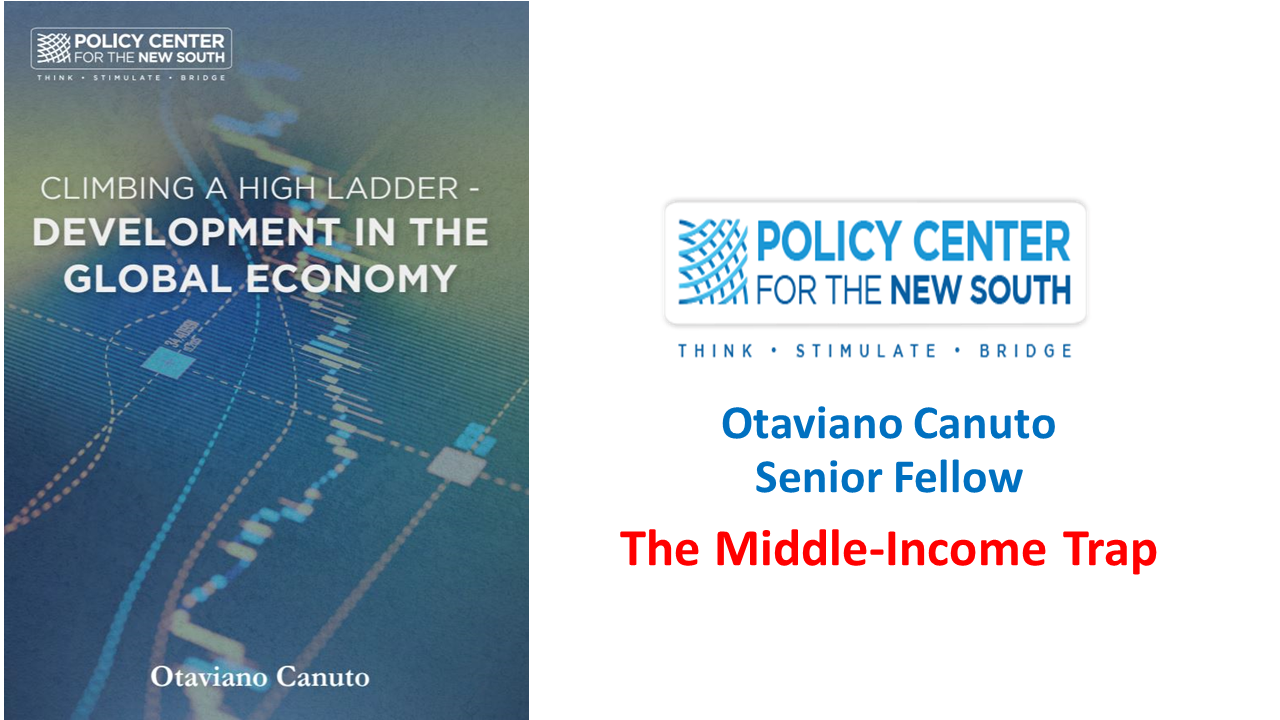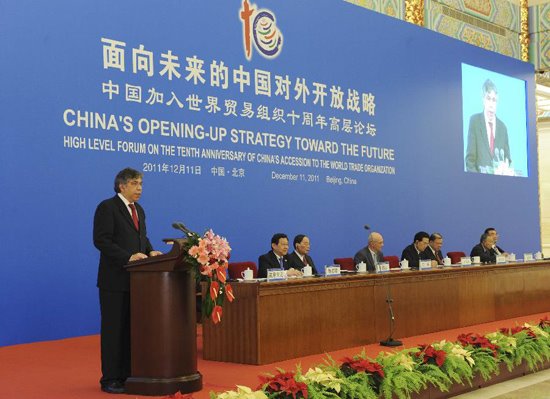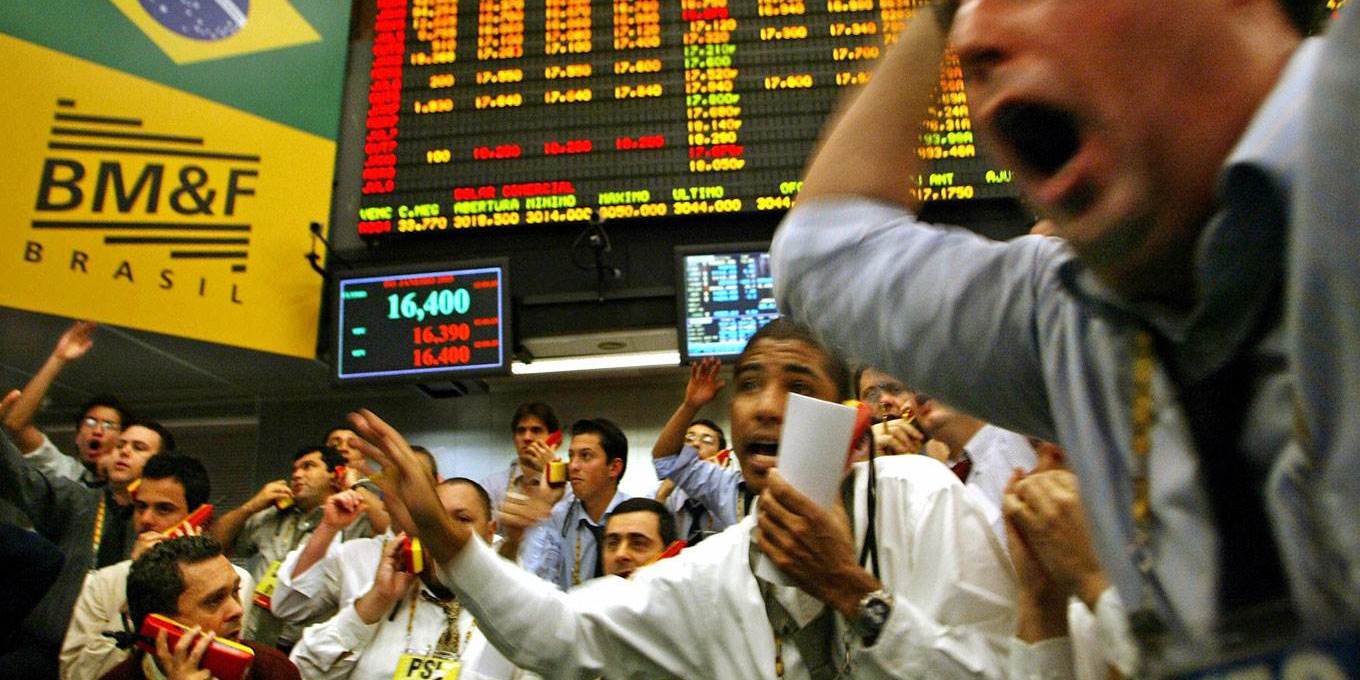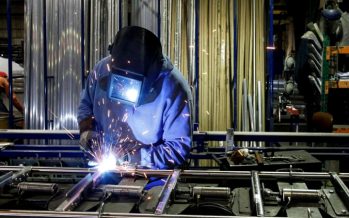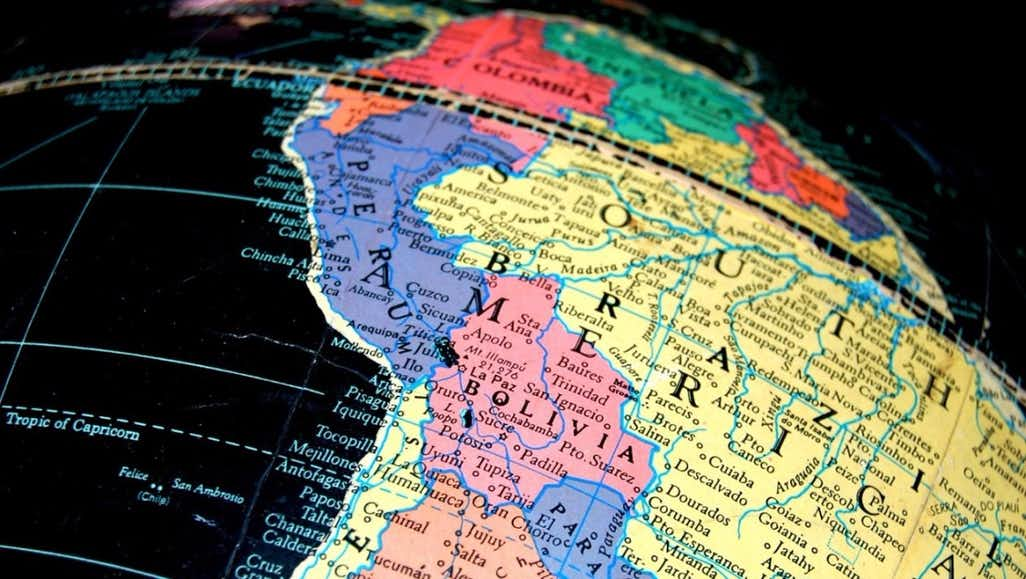Growth Implications of a Fractured Trading System
An assessment of the implications for growth—particularly the costs—of moving towards a fractured trading system can use as a benchmark what happened during the period of what is usually called hyper-globalization or globalization 2.0 Substantial growth in GDP per capita in emerging markets and developing economies, as well as reductions in poverty rates and lower per capita GDP inequality among countries were major achievements. The transmission channels of the trade fragmentation will be a reversal of the path by which those gains were attained.



